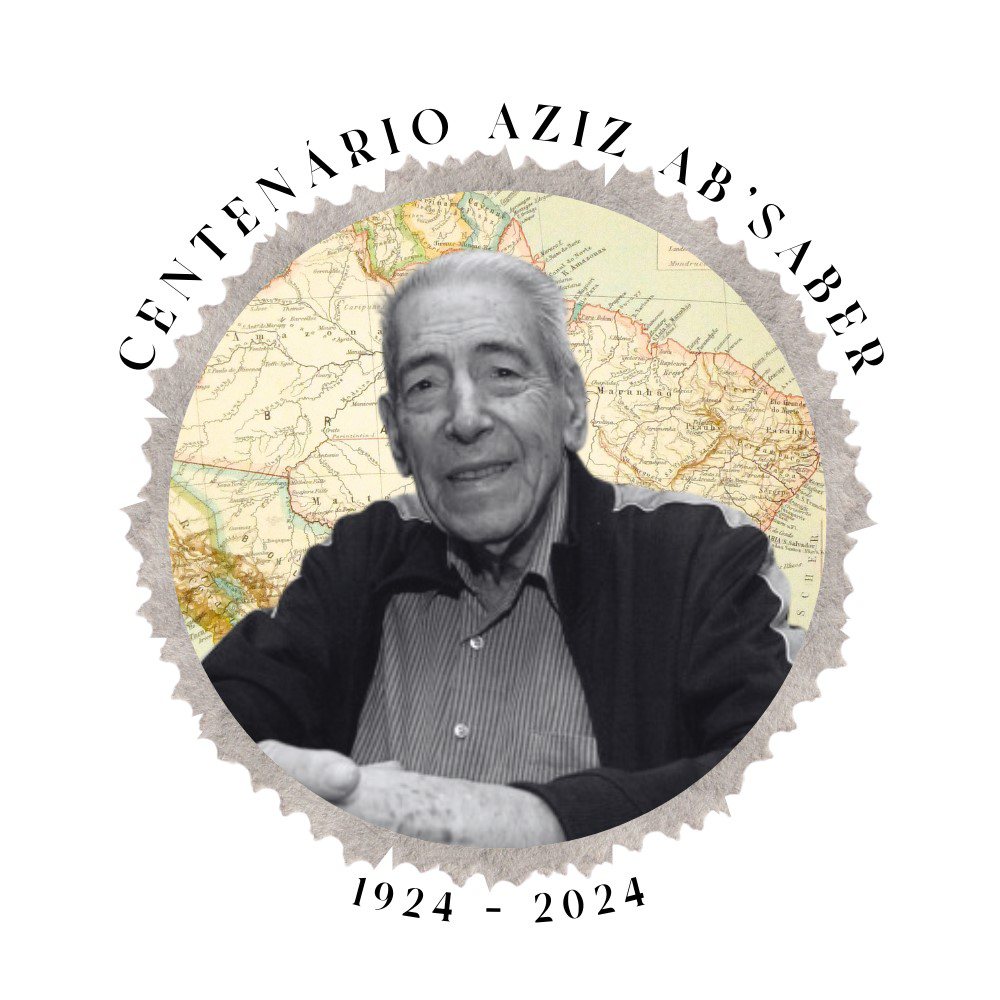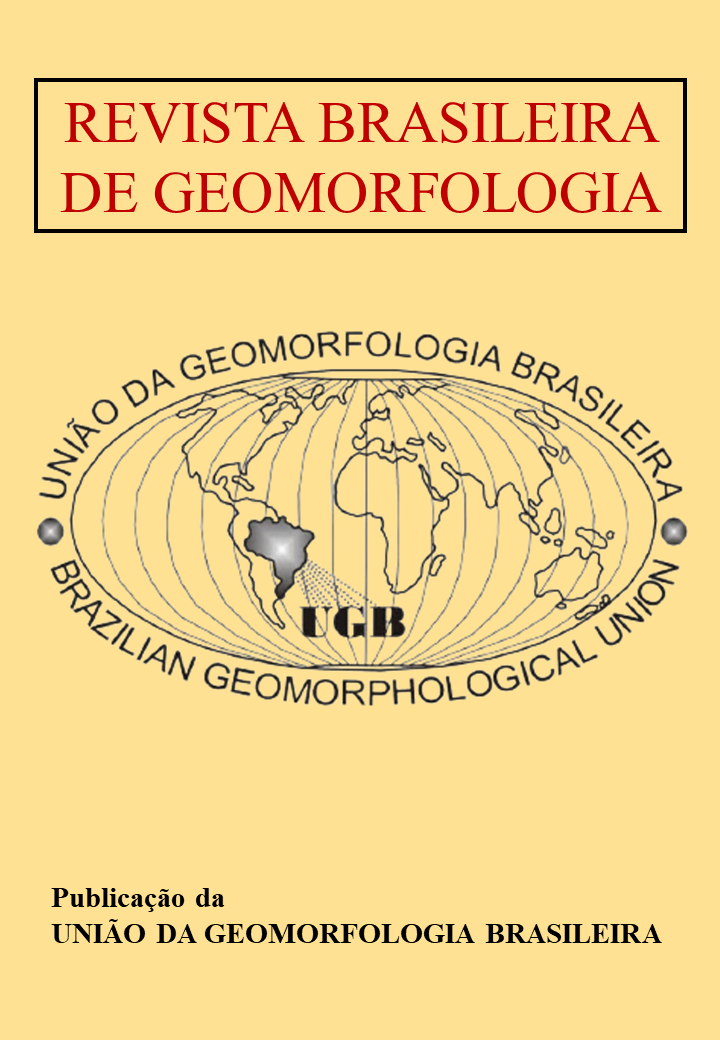FLUVIAL PROCESSES IN ATTACHMENT BARS IN THE UPPER PARANÁ RIVER, BRAZIL
DOI:
https://doi.org/10.20502/rbg.v18i3.1135Palavras-chave:
Attachment bar, Fluvial Processes, Anabranching River, Fluvial Geomorphology, Paraná River.Resumo
Bars are semi-submerged fluvial forms associated with the availability of sediments and a temporal dynamic, whose dimensions are controlled by the flow and depth of the channel. Attachment bars are very common in large anabranching river systems and play an important role in island formation and ecology. The Upper Paraná River exhibits an anabranching pattern characterized by channels of different sizes, separated by islands and bars. The objective of this work is to present the processes involved in the formation and development of attachment bars in Santa Rosa Island, situated in Porto Rico, State of Parana, Southern Brazil. Acquisition campaigns were performed to obtain data on channel hydraulics (ADCP equipment), morphometry (Echo-sound profiles) and textural parameters (grain-size analyses) at high and medium water levels. Santa Rosa Island divides the flow into two channels of distinct hydraulic and sedimentary dynamics. Flow diversion produces a decrease in flow velocity and consequent sediment deposition near the upstream end of Santa Rosa Island. The formation and maintenance of attachment bars in Santa Rosa Island is related to flow competence reduction and the occurrence of divergent currents. Vegetation cover and flow regime control its permanence.
Downloads
Downloads
Publicado
Como Citar
Edição
Seção
Licença
Autor(es) conservam os direitos de autor e concedem à revista o direito de primeira publicação, com o trabalho simultaneamente licenciado sob a Licença Creative Commons Attribution que permite a partilha do trabalho com reconhecimento da autoria e publicação inicial nesta revista.










